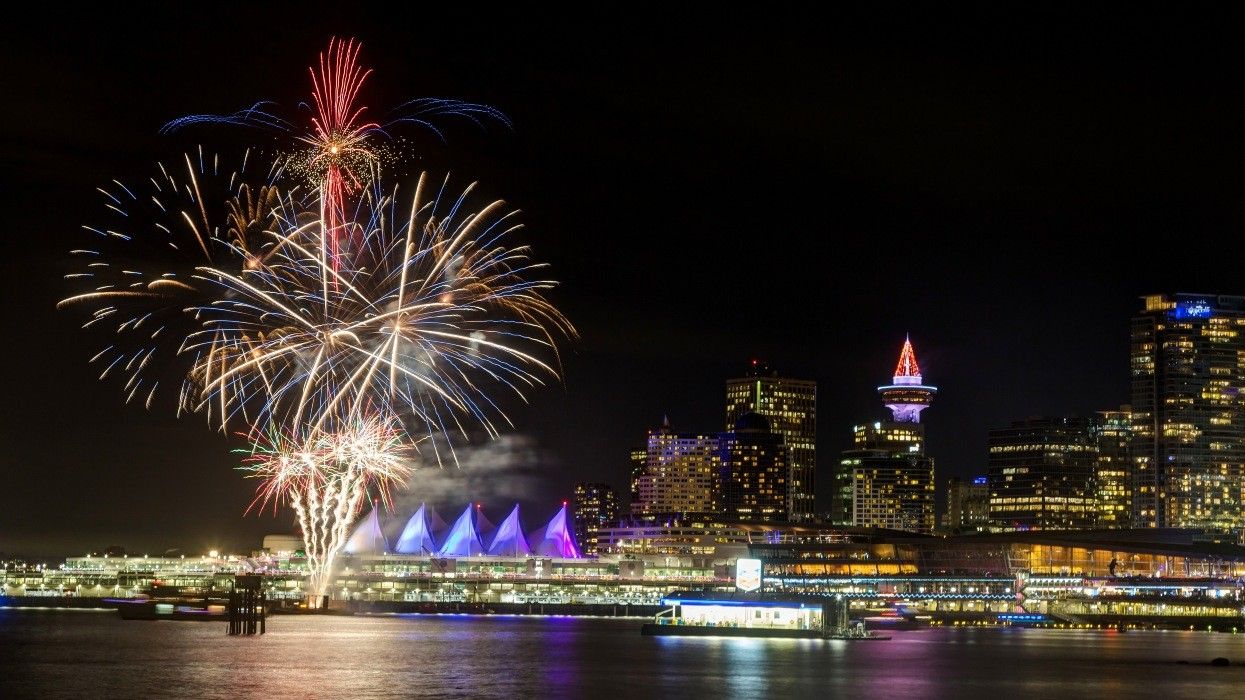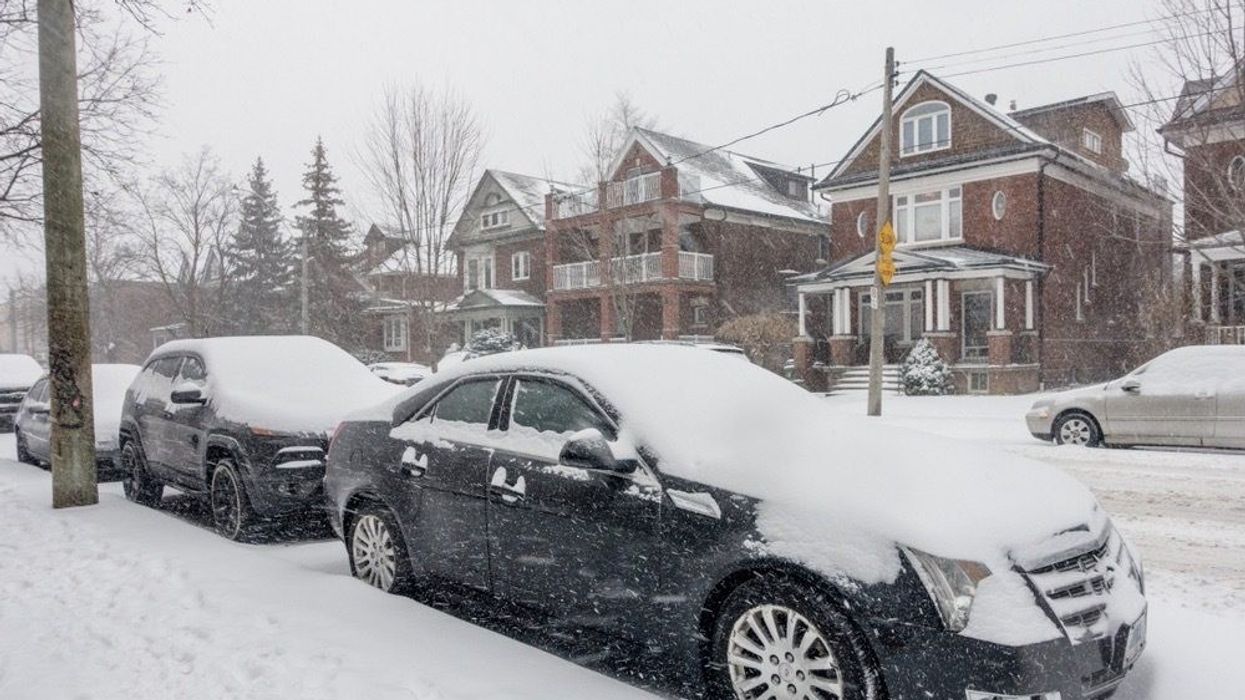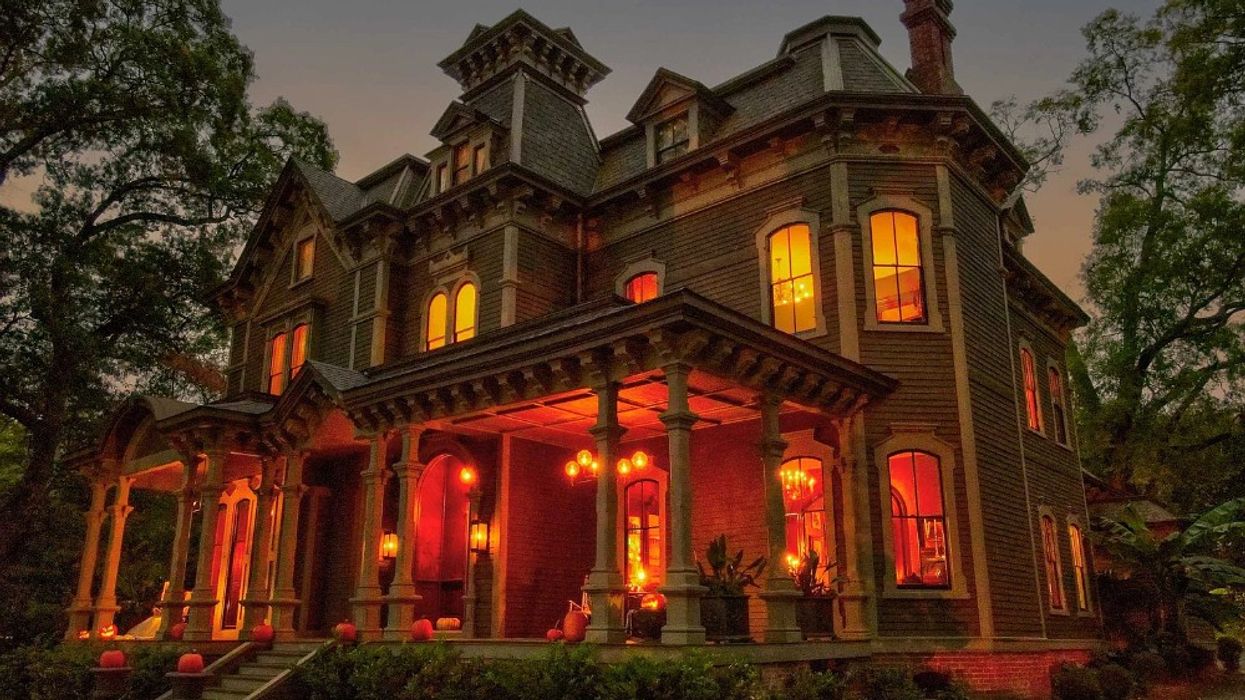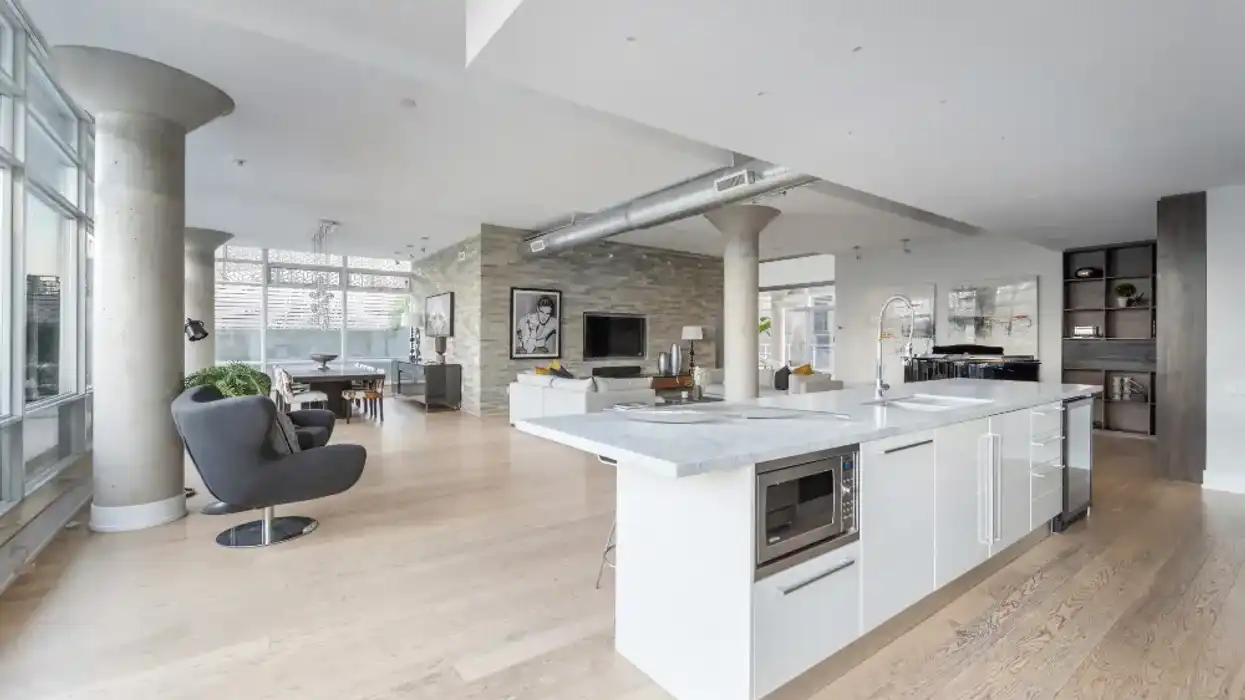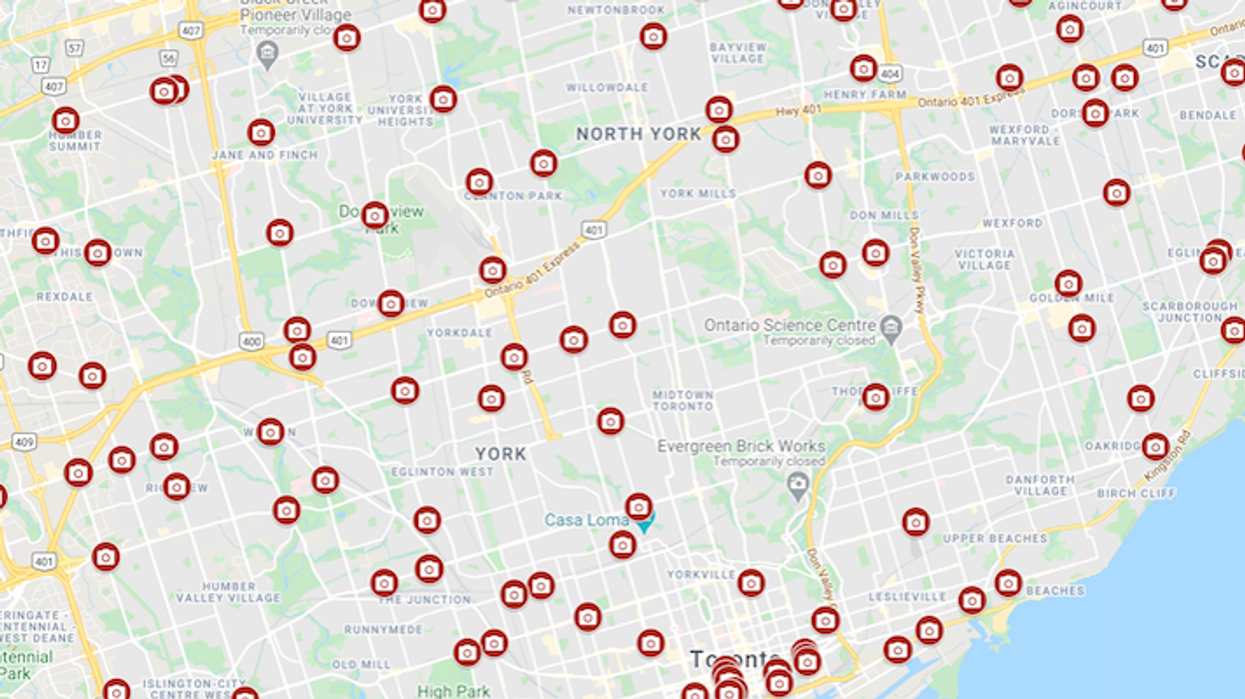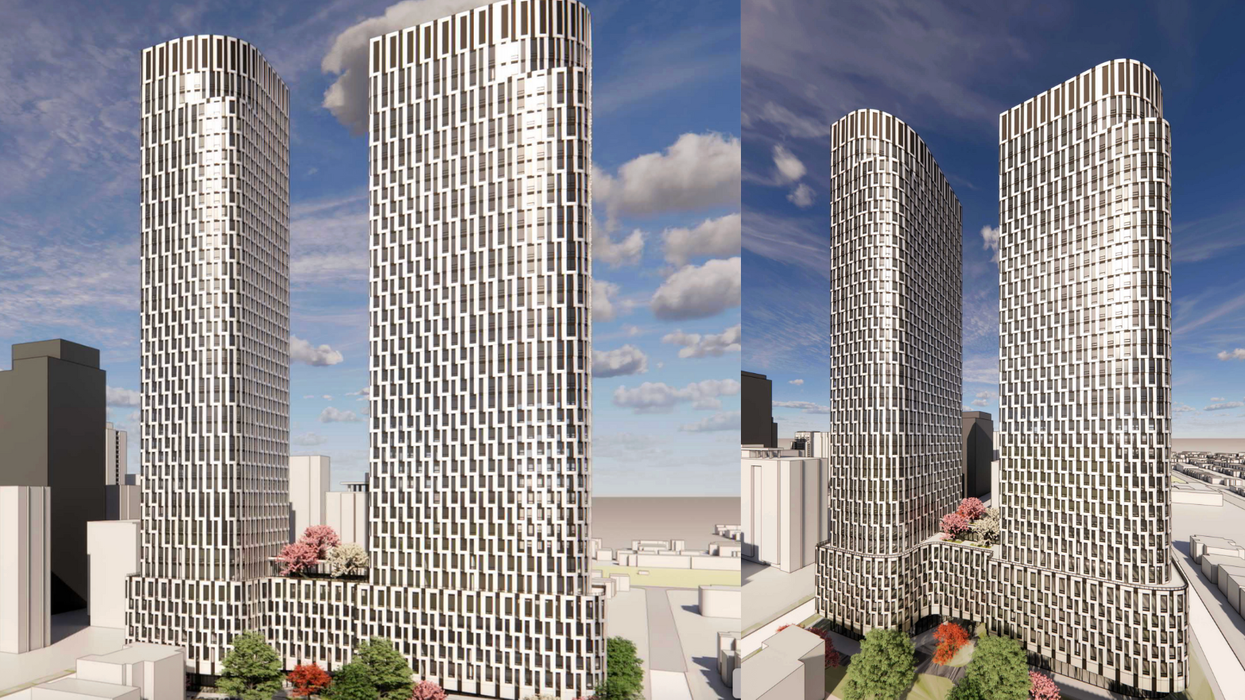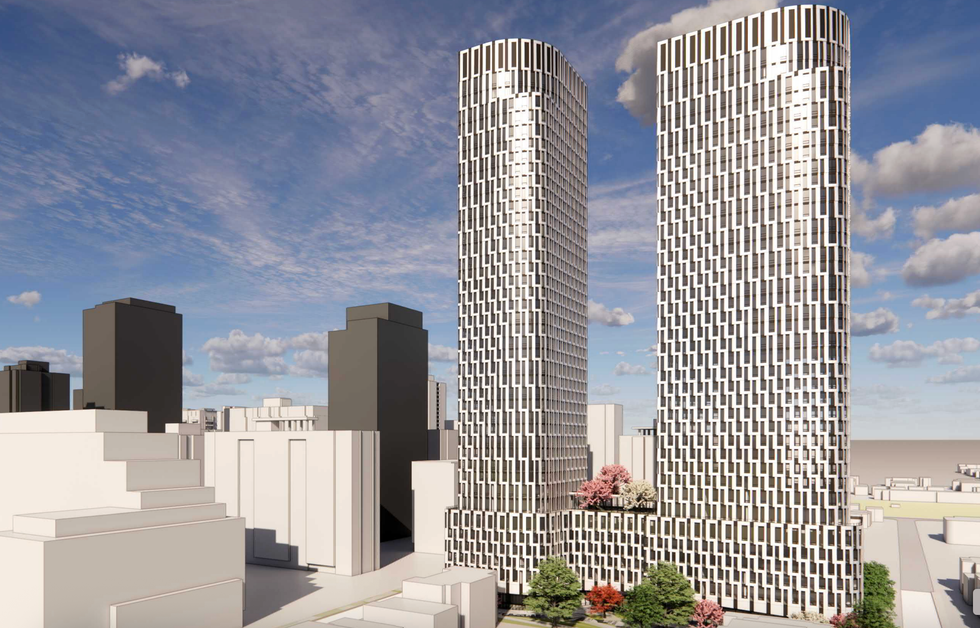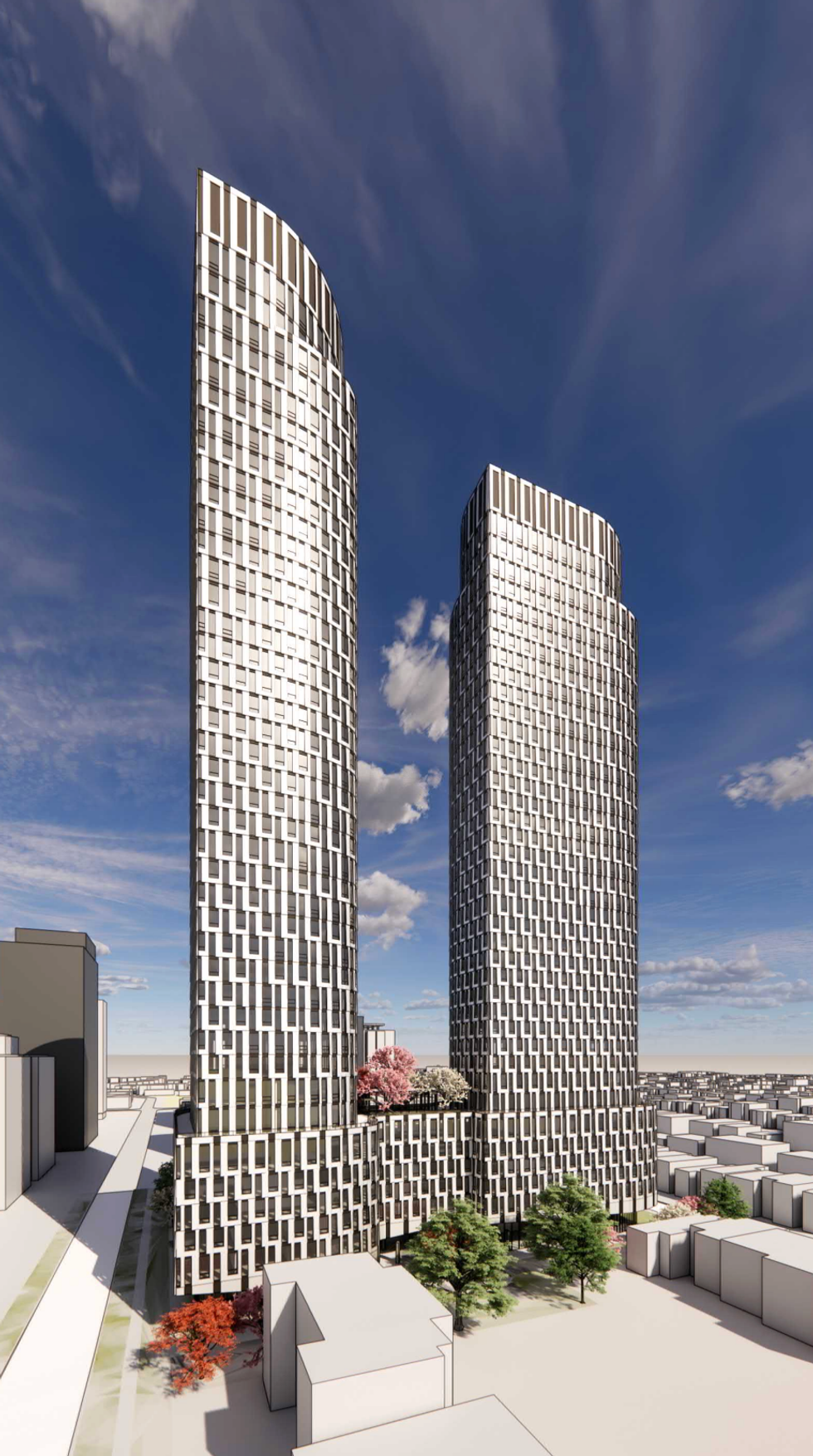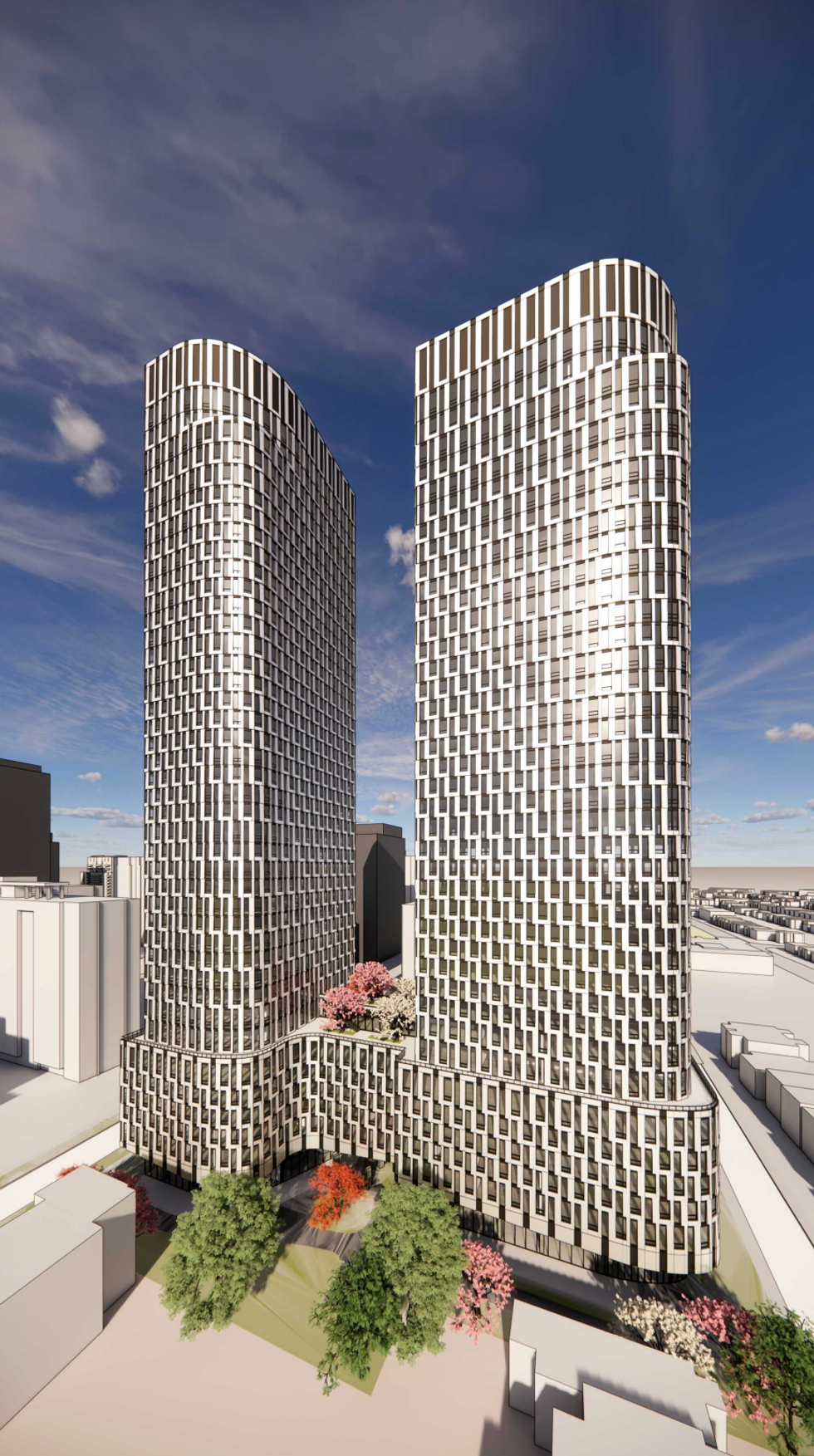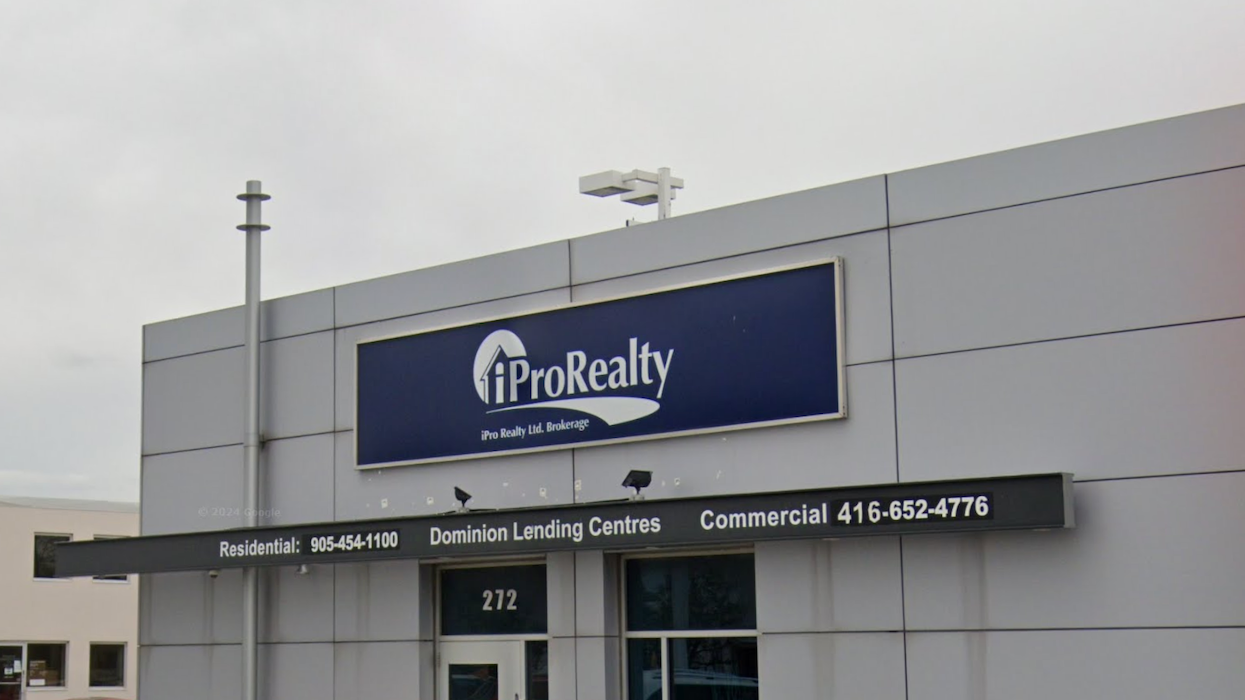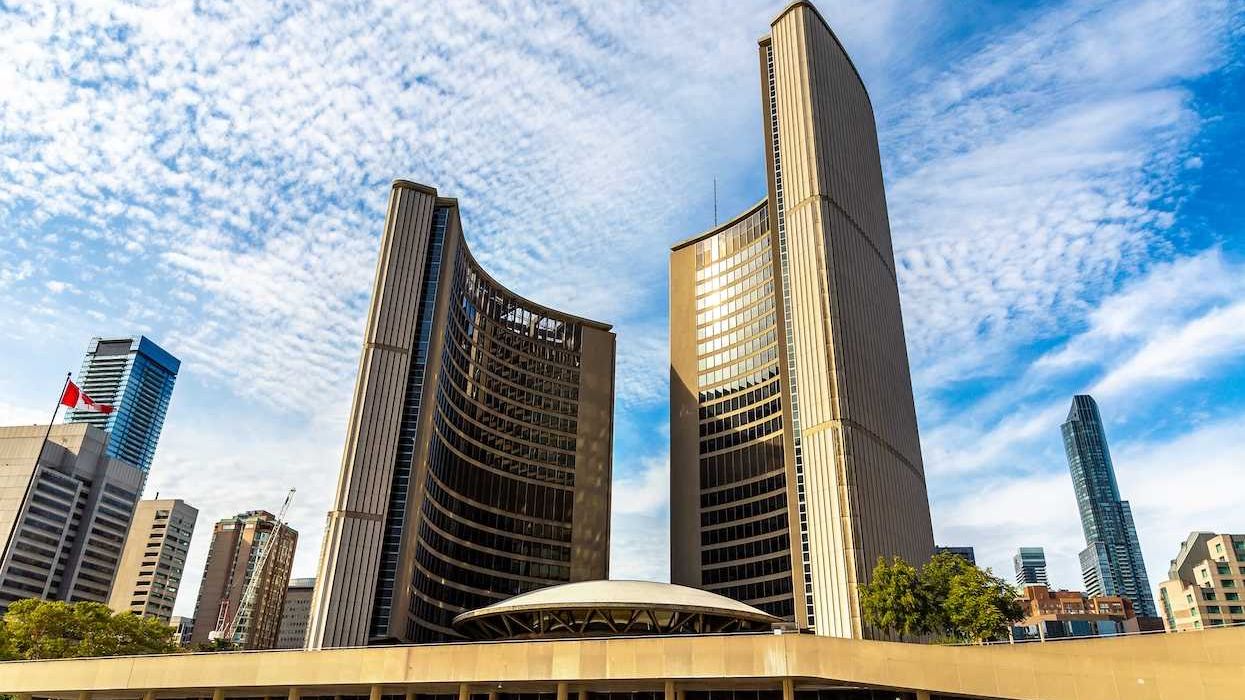Bidding War
Learn what a bidding war is in Canadian real estate, how it impacts buyers and sellers, and what strategies to use in a highly competitive market.
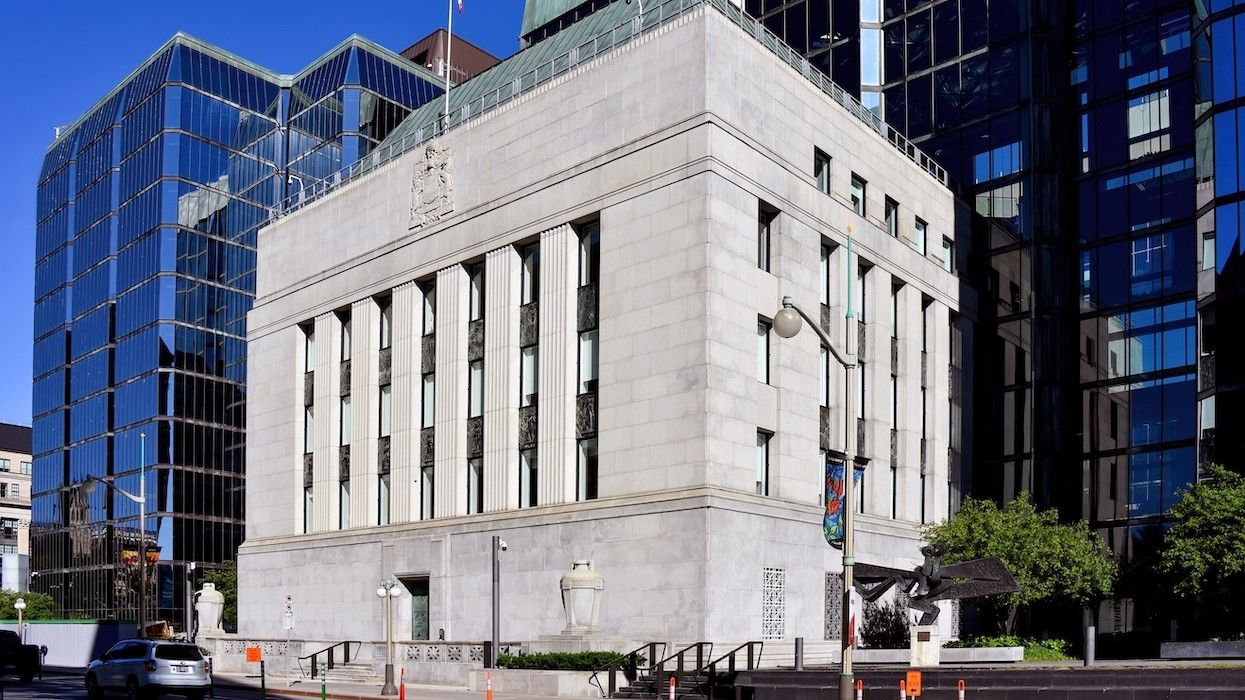
May 22, 2025
What is a Bidding War?
A bidding war occurs when multiple potential buyers compete to purchase the same property by submitting increasingly higher offers, often driving the final sale price above the initial asking price.
Why Bidding Wars Matter in Real Estate
Bidding wars are a hallmark of competitive real estate markets, particularly in high-demand areas with limited housing supply. In Canada, they are especially common in cities like Toronto and Vancouver, where housing inventory is tight and buyer interest remains strong.
A bidding war typically begins when a property receives multiple offers shortly after being listed, often after a scheduled offer presentation date. To outbid competitors, buyers may offer more than the asking price, waive common conditions (like home inspection or financing), or include incentives such as flexible closing dates.
While sellers often benefit from higher sale prices and favorable terms, buyers may face significant pressure to make quick, aggressive offers. This can lead to emotional decision-making, financial overextension, and limited due diligence.
Understanding how bidding wars work is crucial for buyers, sellers, and agents alike. Buyers should be pre-approved, know their budget limits, and work with experienced professionals to craft strategic, competitive offers. Sellers should prepare their property for maximum appeal and consider how to manage multiple offers fairly and effectively.
Example of a Bidding War
A detached home in Mississauga is listed for $950,000. After a week of showings and a set offer date, the seller receives eight offers. The final sale price reaches $1.1 million due to intense competition.
Key Takeaways
- Occurs when multiple buyers compete for the same property.
- Often results in offers over asking price.
- Can involve waived conditions and buyer incentives.
- Favors sellers but increases risk for buyers.
- Requires preparation, strategy, and a firm understanding of budget limits.
Related Terms
- Blind Bidding
- Buyer’s Agent
- Conditional Offer
- Firm Offer
- Sellers' Market

